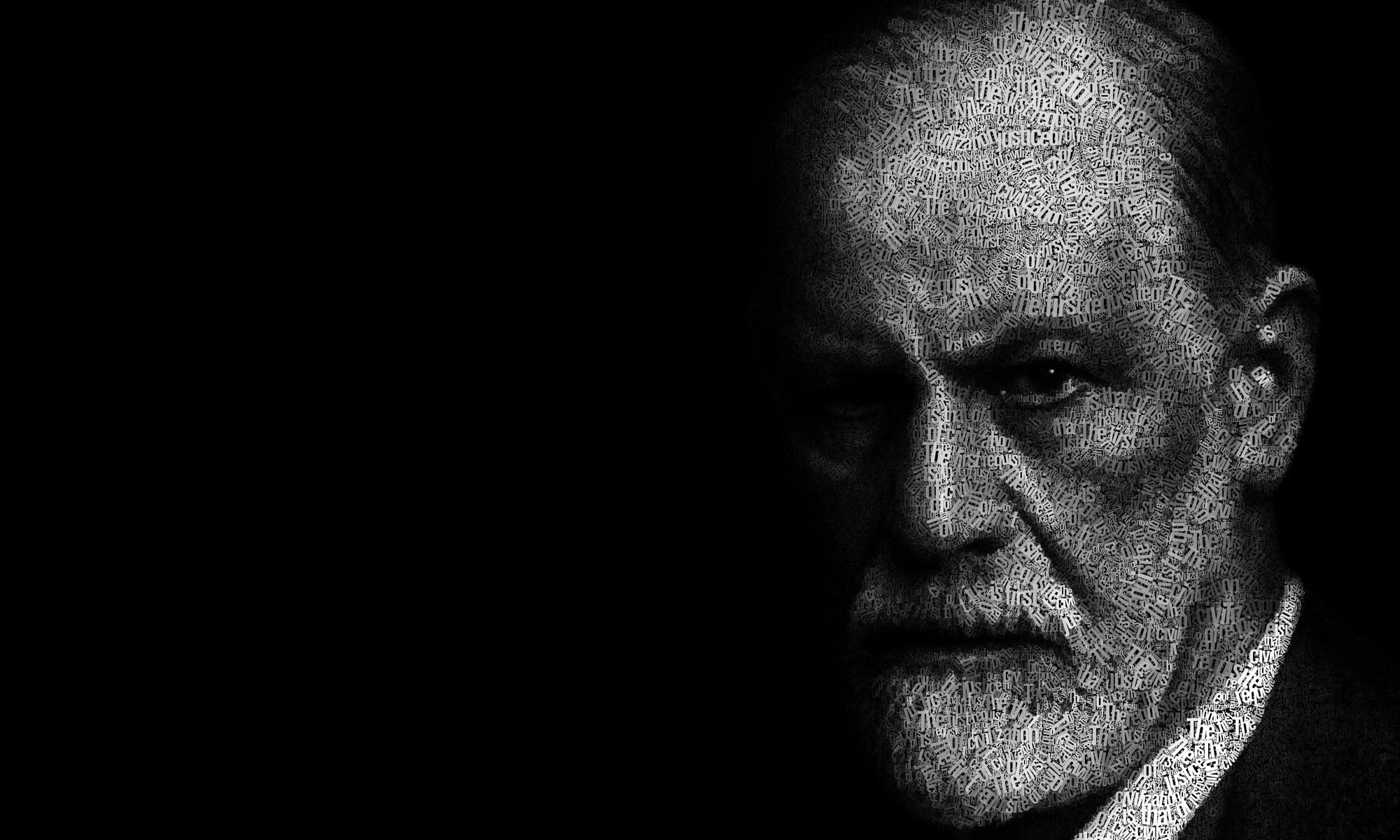
We asked Dr Marcus Bowman to tell us a little about Seduction Theory an area he will discuss at IPAA19 on May 11. Read on for a brief preview of his presentation…
“In the 1890s Freud was trying to clarify what were the factors leading to the psycho-neuroses – that is, hysteria and obsessional neurosis.
Freud knew that one common kind of trauma that could result in hysteria was so-called “seduction” in childhood, in other words, the induction by an adult of a child into some kind of sexual activity.
In 1896 in a famous paper called “On the Aetiology of Hysteria” Freud commits himself to a radical and new theory: he suggests that all cases of hysteria are caused by seduction in infancy. This is what is referred to in the literature of psychoanalysis as “the seduction theory”.
The professional audience to whom he delivered this paper rejected the hypothesis immediately. It seemed there were just too many cases of hysteria in which no trace of sexual seduction could be found.
Freud evidently saw the force of this argument quickly and he never proposed the theory again.
Over the next ten years he went on to develop the key ideas of psychoanalysis. These stress the importance of internal psychic events, and the conflicts between wishes and drives, rather than particular external events. In other words, Freud concluded that the most important factor in the aetiology of neurosis is not the particular experiences that the individual undergoes, as he argued in 1896, but how he or she deals with those experiences.
In 1905 in a paper entitled “My Views on the Role of Sexuality in the Aetiology of the Neuroses” he returns to address his mistake of 1896. He says here that at the time he had been treating a misleadingly large number of cases in which sexual seduction had played the main role. This he says misled him about the frequency of its occurrence in hysteria generally.
However in Three Essays on the Theory of Sexuality, also from 1905 (though often revised and updated by him to the 1920s), he again stresses the importance of sexual seduction in the aetiology of neurosis and insists now that in 1896 he had not overestimated either the frequency or the significance of this as a causal factor. Nevertheless, he emphasises again that the most important factor in the aetiology of neurosis is how well the individual is able to deal with the potentially traumatic experiences.
Throughout his later writings Freud continued to refer on occasion to the problem of childhood sexual seduction. There are some contradictions in his remarks when we take them overall. But his comments in 1931 in “On Female Sexuality” are fairly representative of his settled view on the matter:
“Actual seduction is frequent enough, it proceeds either from other children or from carers who wish to calm the child, put it to sleep, or make it dependent. Where seduction occurs it regularly disturbs the natural course of developmental processes; often it leaves behind far-reaching and lasting consequences.”
Taken overall, Freud’s general view, repeated at intervals throughout his life, was that children are frequently subject to sexual abuse by older children and by adults both inside and outside the family and that this can cause lasting psychological injury. “
